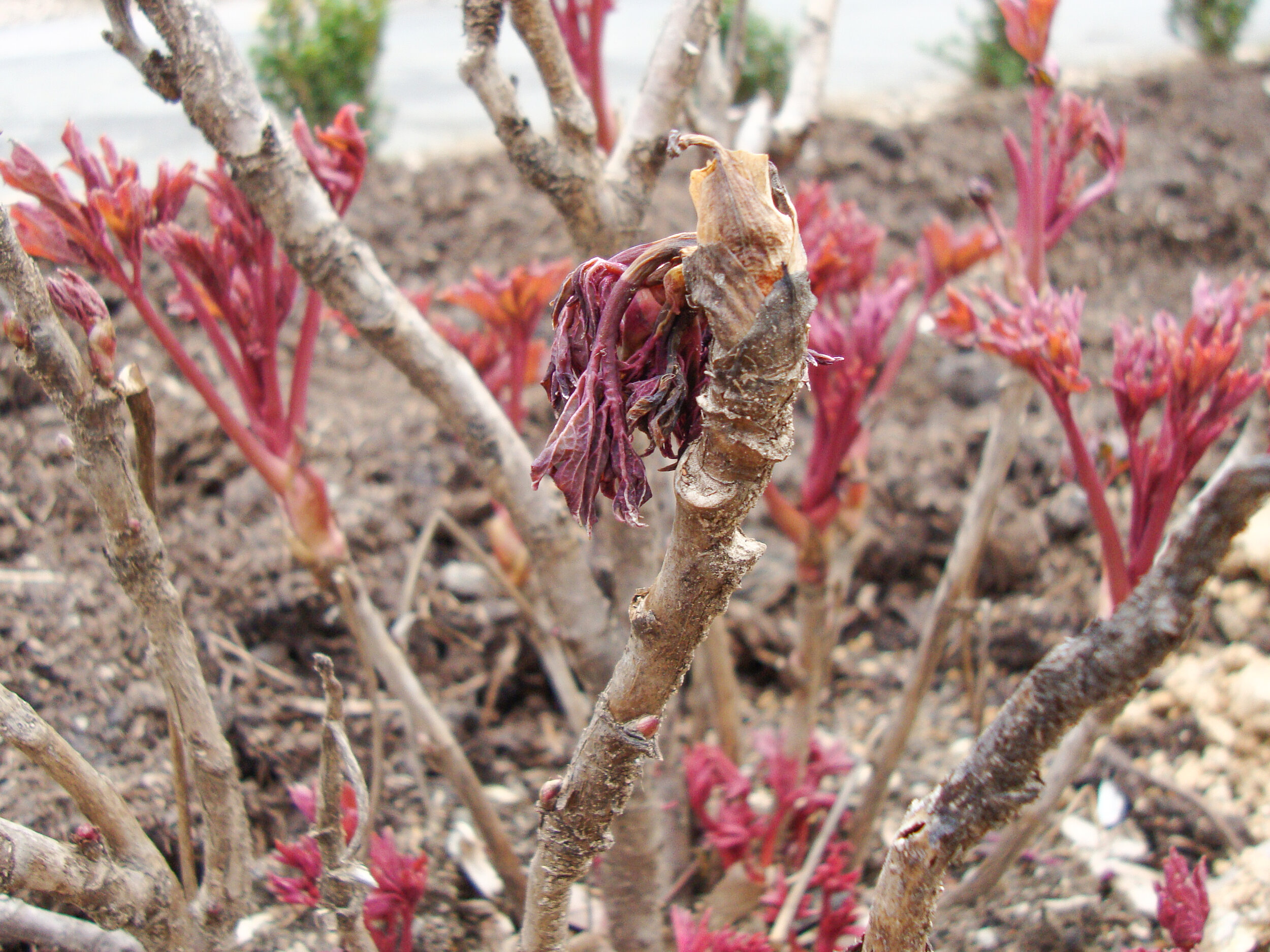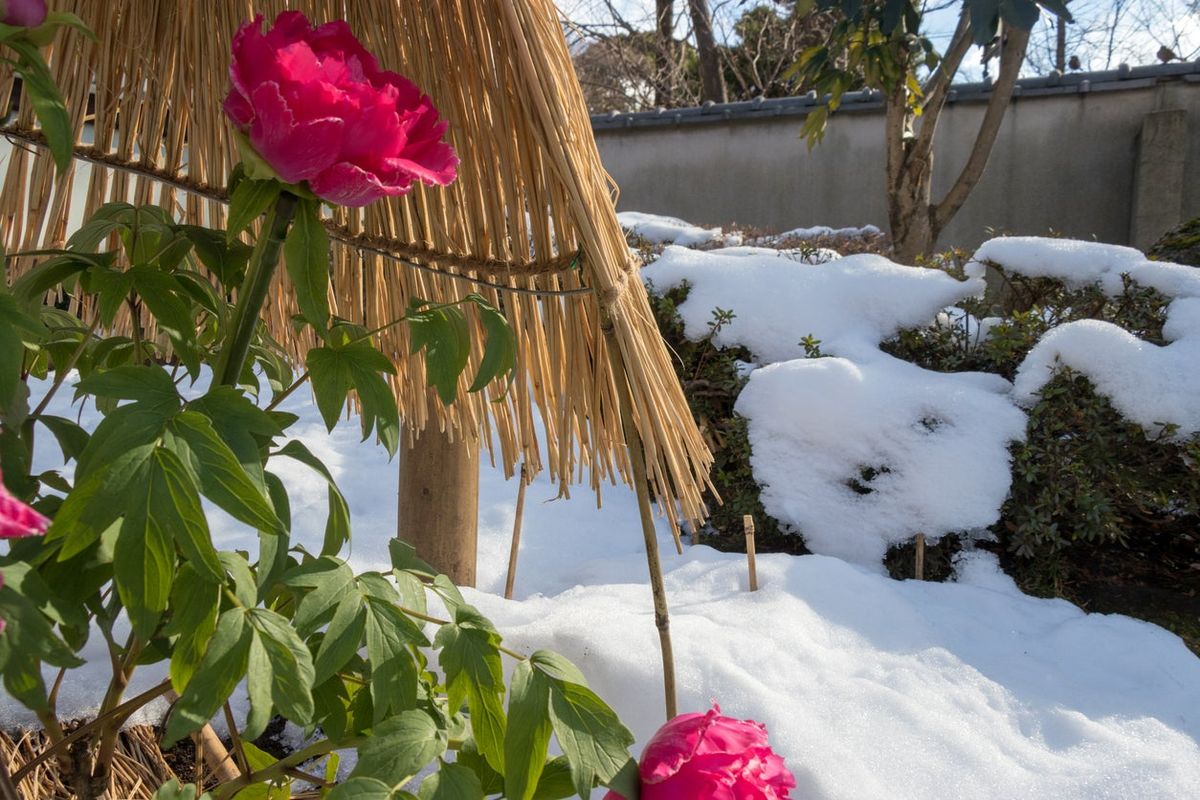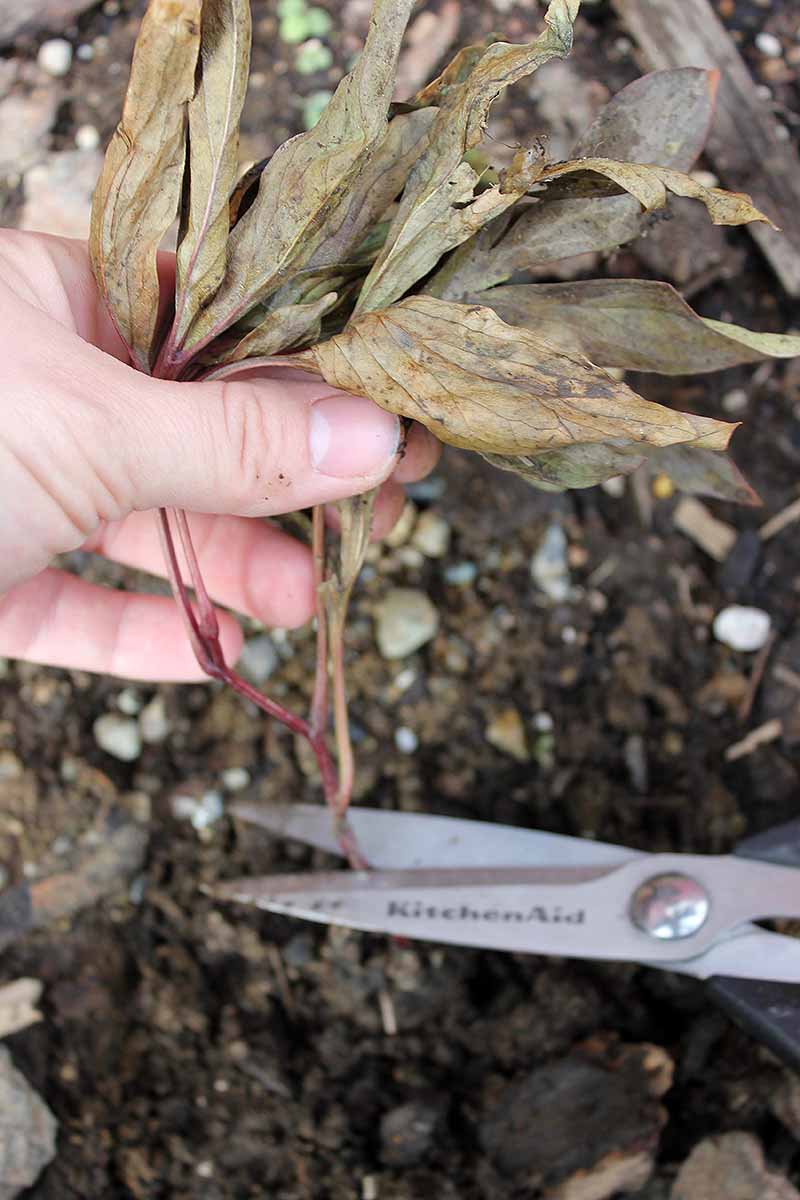Peonies are a gardener’s dream, boasting vibrant blooms and a delightful fragrance. To cultivate these stunning flowers, proper planting is key. Choose a sunny location with well-drained soil. Avoid areas prone to flooding, as peonies dislike wet feet. Dig a hole twice as wide and deep as the root ball. Gently place the peony in the hole, ensuring the “eyes” (growth buds) are 2-3 inches below the soil surface. Backfill with soil, firming gently. Water thoroughly after planting.
Fertilizing for Flourishing Blooms
While peonies are not heavy feeders, a bit of fertilization can encourage robust growth and abundant blooms. Apply a balanced, slow-release fertilizer in early spring, just as new shoots emerge. Avoid high-nitrogen fertilizers, as they can promote excessive foliage at the expense of flowers. Opt for a fertilizer with a lower nitrogen content and higher phosphorus and potassium levels.
Cultivating Healthy Growth
Peonies are relatively low-maintenance plants, but a few simple care tips can help them thrive. Keep the area around the plant weed-free to reduce competition for nutrients and moisture. Mulching with a layer of organic matter, such as compost or wood chips, can help retain soil moisture and suppress weeds. Additionally, staking tall peony varieties can prevent their heavy blooms from bending or breaking.
Anticipating the Blooming Spectacle
Peonies typically bloom in late spring or early summer, depending on your climate and the specific variety. The size and color of the blooms can vary widely, from delicate single flowers to opulent double blooms in shades of pink, red, white, and yellow. To prolong the blooming period, consider planting a mix of early, mid-season, and late-season varieties.
Watering Wisely
While peonies are relatively drought-tolerant once established, they benefit from consistent watering, especially during dry spells. Water deeply and infrequently, allowing the soil to dry out slightly between waterings. Avoid overhead watering, as wet foliage can increase the risk of fungal diseases.
Preparing for Winter’s Embrace

Peonies are hardy plants that can withstand cold winters. However, in regions with harsh winters, it’s advisable to provide some winter protection. Mulch the base of the plant with a thick layer of organic matter to insulate the roots from freezing temperatures. This will help prevent frost heaving and ensure a healthy start in the spring.
Troubleshooting Common Peony Problems
Even the most experienced gardeners may encounter occasional challenges with their peonies. Here are a few common problems and solutions:
Pest and Disease Control
Botrytis Blight: This fungal disease can cause brown spots on leaves and buds. To prevent it, avoid overhead watering and remove infected plant debris promptly.
Poor Blooming
Planting Depth: Peonies should be planted with the “eyes” 2-3 inches below the soil surface. Planting them too deep can inhibit blooming.
By following these guidelines, you can cultivate a stunning display of peonies in your garden. These elegant flowers will reward you with their beauty and fragrance for years to come.


